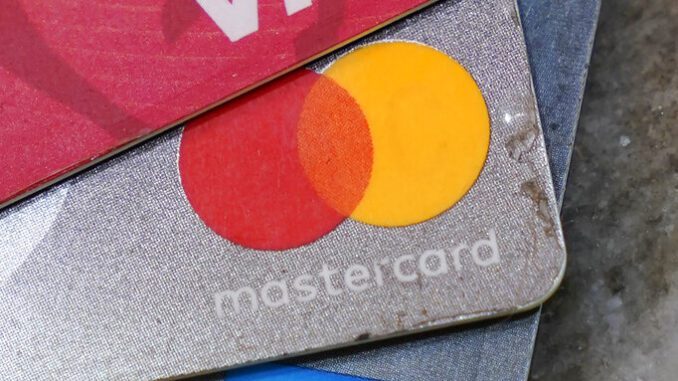
WASHINGTON, D.C. — U.S. consumer borrowing surged by a larger-than-expected $35.3 billion in May as Americans, bolstered by a reopening economy and rising job levels, went back to using credit in a big way.
Borrowing on credit cards and for auto and student loans showed solid gains in May, the Federal Reserve reported Thursday. It marked the fourth straight month of strong growth in consumer borrowing and followed an April advance of $20 billion.
Fed officials said the $35.3 billion seasonally adjusted increase in May was the largest one-month gain on records that go back to 1943.
The May borrowing total was driven by a $26.1 billion increase in the category that includes auto and student loans, which followed a $21 billion rise in that category in April. The big gain reflected strong auto sales.
The category that covers credit cards saw a $9.2 billion rise in May, the strongest advance since a $10.9 billion increase in January 2020 before the economy was laid low by a global pandemic.
Even with the rise in credit card borrowing in May, that category is down 2.2% from a year ago. By contrast, the category that covers auto and student loans is up 5.8% from a year ago, reflecting strong auto sales.
Analysts predicted that growth in the use of credit cards, which the Fed labels revolving credit, will strengthen in coming months. The Fed labels auto and student loans as nonrevolving credit.
“We expect growth in revolvig credit to pick up as consumers feel more comfortable using their credit cards, particularly to finance spending in the service sector,” said Nancy Vanden Houten, senior economist at Oxford Economics. “As spending shifts away from goods, including autos, we expect growth in nonrevolving credit to moderate.”
Consumers’ use of credit cards has been falling since early 2020 as households cut back on their use of credit in the face of the pandemic-triggered recession.
The Fed’s monthly credit report does not cover mortgages or any other loans, such as home equity loans, secured by real estate.


